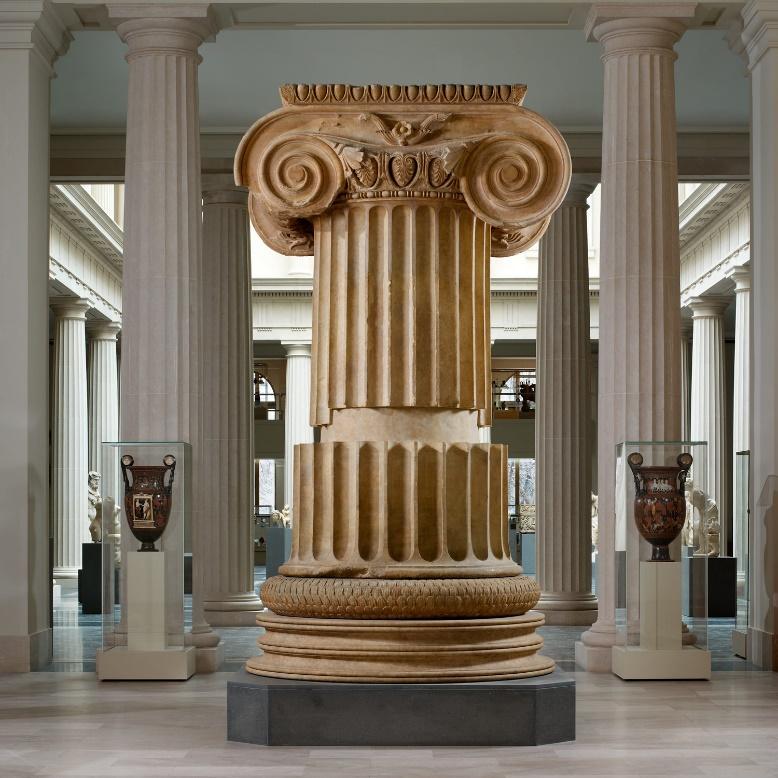Introduction
Ancient architecture has always been famous for its unusual shapes and beauty, and when it comes to Greece, which is the cradle of European civilization, it is possible to find unique art objects of antiquity almost everywhere. By today, not so many buildings and structures have survived, but those that remained intact amaze true connoisseurs of art with their beauty and design. Also, ancient Greek architecture had a significant impact on modernity, and today, many objects are built in the likeness of those structures. The well-known to the whole world preserved marble column from the Temple of Artemis at Sardis, which is the reflection of the brilliant ideas of that epoch, is unique and extraordinary in its way (“Marble column from the Temple of Artemis at Sardi’s,” 2003).
Marble Column from the Temple of Artemis at Sardi’s: Origins and Context

The found elements of the column, as it is proved by scientists, was the part of an ancient temple built in honor of the Greek goddess Artemis. The carving that is difficult from the standpoint of design is a distinctive feature of this construction. As Sayre (2013) notes, Greek architects used a particular technique for creating columns, and many of them had a convex base form that narrowed upward. Among the other elements of the column found at a particular site, this part is substantially smaller; consequently, it was the element of the top of the Temple’s column. The exposed sample is partially reconstructed as by today it has not been preserved completely. Nevertheless, its parts of the fluted shaft have the original structure, which was just slightly restored.
Continuation of Traditions: The Influence on Contemporary Cultural Patterns
Even though the architecture of the ancient Greeks dates back to the times of antiquity, many echoes of their work can be found in contemporary art. For example, the National Bank of Greece in Thessaloniki built-in 1928. This building has preserved by today in a rather good condition. According to Kyriakopoulos (2016), this design mainly conveys the images typical of the ancient Hellenes. It is a clear imitation of the architecture of that time. The facade of the bank is decorated with columns, which were almost everywhere in ancient buildings. The construction of gray color reminds the works of ancient builders in many respects, and the influence of classical Greek architecture is felt strongly enough.
In general, the columns are rather a standard element of many buildings of the past era. If it is about Greek ancient temples, it will be rather difficult to find some examples among them that do not have such structural details. In most buildings, columns were arranged in a row, forming a supporting structure (Sayre, 2013). Therefore, in the contemporary art of creating beautiful houses, many builders often turn to such projects, where large supporting elements of the construction are often located on facades.
Thus, the marble column from the Temple of Artemis at Sardis, which has preserved quite well, is an accurate reflection of classical Greek architecture and emphasizes the typical features of the buildings of that time. Some peculiarities of ancient buildings can be traced in modern constructions, where designers borrow high load-bearing structures and a general monumental style from their ancient descendants. Although some parts of the found column have undergone restoration, the art object is unique regarding decoration and the historical and cultural value.
References
Kyriakopoulos, K. (2016). The Bauhaus movement and its influence in graphic design, visual communication and architecture in Greece. Acta Graphica Znanstveni Časopis za Tiskarstvo i Grafičke Komunikacije, 27(2), 33-44.
Marble column from the Temple of Artemis at Sardis [Image]. (2003). Web.
Sayre, H. M. (2013). Discovering the humanities (2nd ed.). Upper Saddle River, NJ: Prentice Hall.